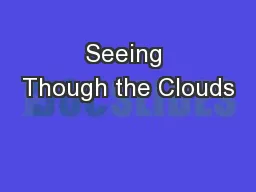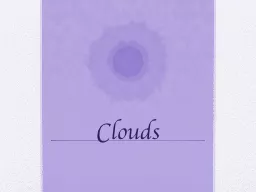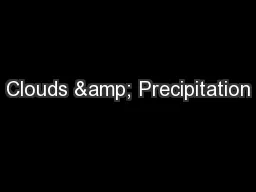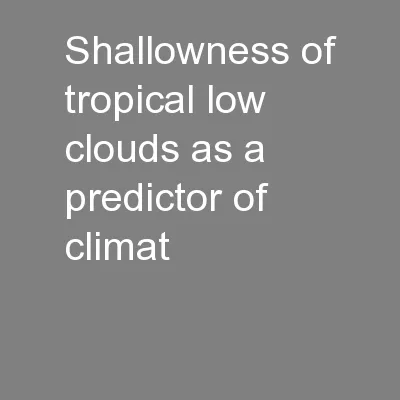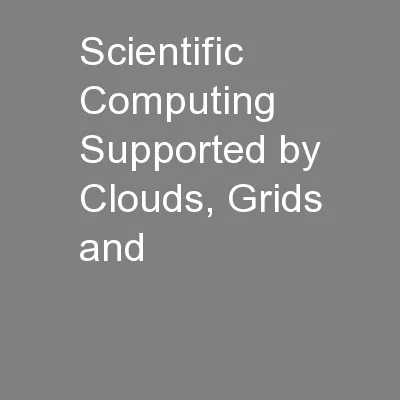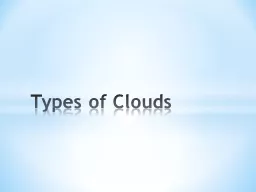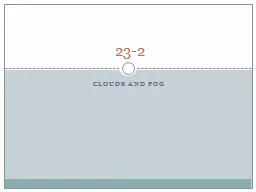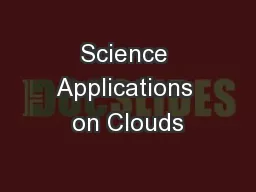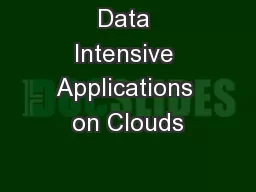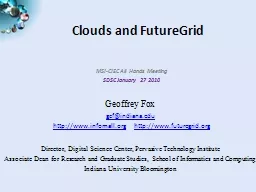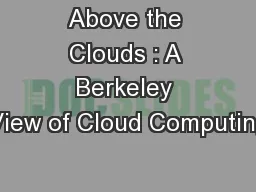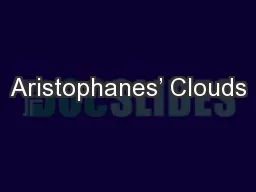PPT-Seeing Though the Clouds
Author : danika-pritchard | Published Date : 2018-11-10
A PM Primer on Cloud C omputing and Security NIH Project Management Community Meeting September 9 2014 Mark L Silverman Are You Smarter Than a 5 Year Old 1 September
Presentation Embed Code
Download Presentation
Download Presentation The PPT/PDF document "Seeing Though the Clouds" is the property of its rightful owner. Permission is granted to download and print the materials on this website for personal, non-commercial use only, and to display it on your personal computer provided you do not modify the materials and that you retain all copyright notices contained in the materials. By downloading content from our website, you accept the terms of this agreement.
Seeing Though the Clouds: Transcript
Download Rules Of Document
"Seeing Though the Clouds"The content belongs to its owner. You may download and print it for personal use, without modification, and keep all copyright notices. By downloading, you agree to these terms.
Related Documents

